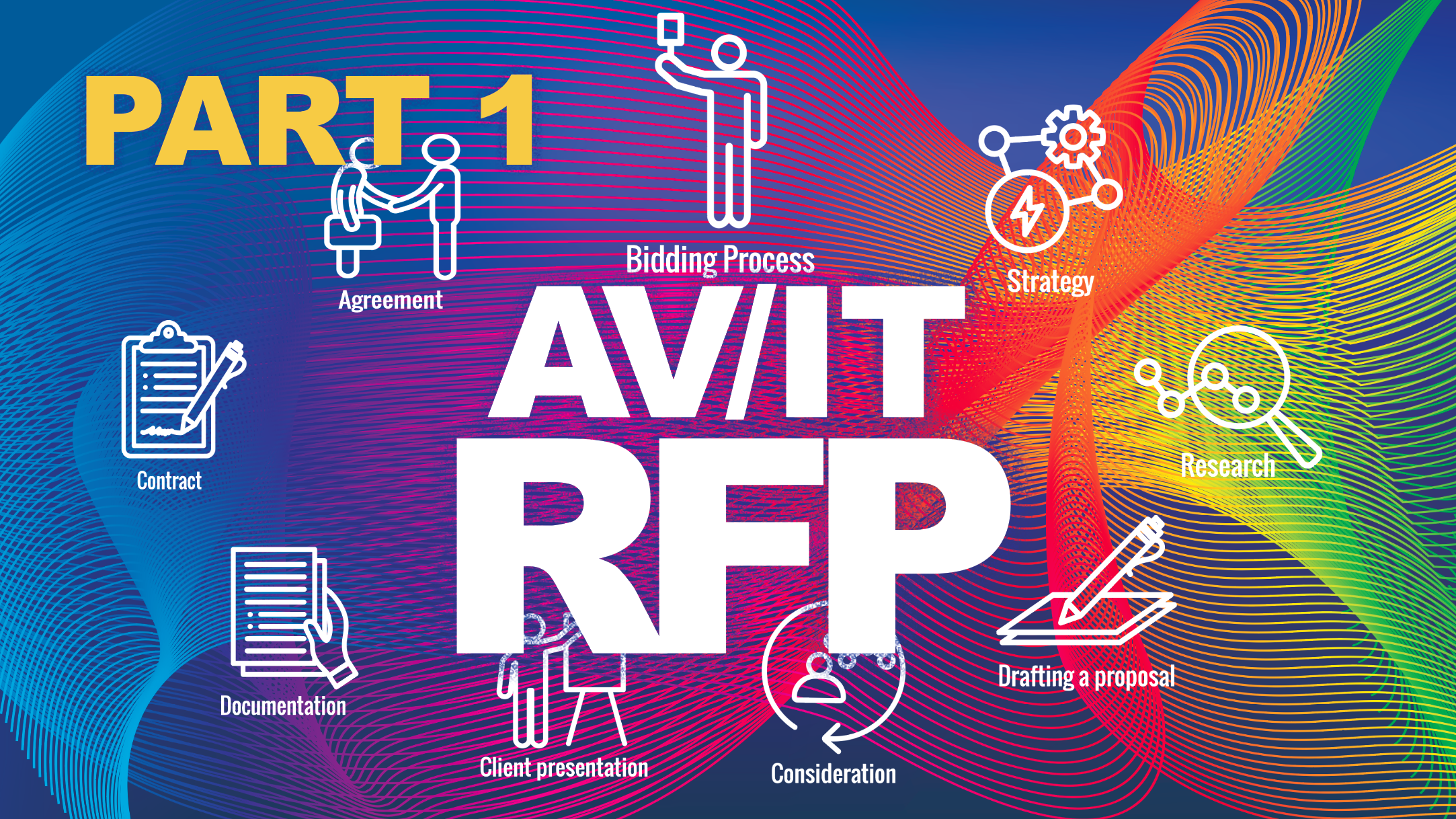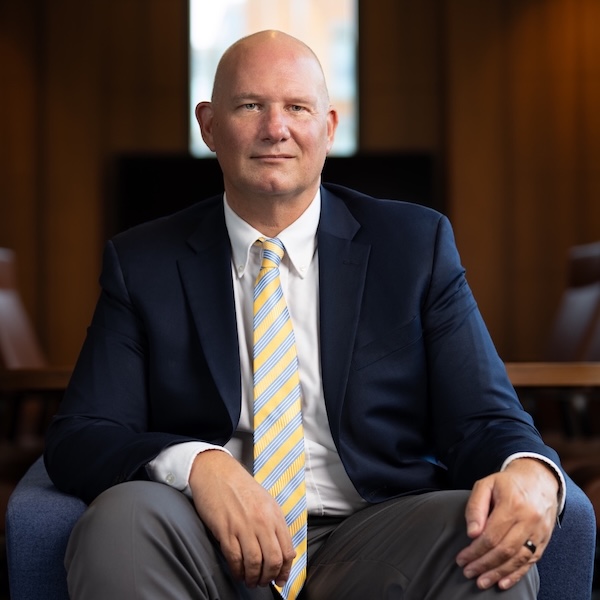AV Technology presents the five-part series of articles on Navigating a Successful Higher Ed AV/IT RFP Process, written by Joe Way, PhD, CTS, executive director of Digital Spaces at the University of California, Los Angeles’ Digital & Technology Services.
Are you currently or plan to create an AV/IT Request for Proposals (RFP)? If so, start here!
Based on recent and past personal experience, Joe Way chronicles the step-by-step process of creating, executing, and implementing the AV/IT RFP.
Way said, “Institutions should view it [the RFP] as an opportunity to articulate their vision with clarity, while vendors should approach it as a chance to demonstrate alignment with that vision. The most successful outcomes happen when the RFP becomes a bridge that translates institutional goals into practical requirements, allowing bidders to respond with solutions that go beyond the minimum spec sheet.”
All five parts will be published within one week. Come back here to view the next one.
To introduce the article series, AV Technology’s Cindy Davis chatted with Joe Way and asked him about best practices and if there were any surprises while creating and implementing the AV/IT RFP. Check out the interview below.
Navigating a Successful Higher Ed AV/IT RFP Process
In higher education, few processes carry as much weight, or as much frustration, as the request-for-proposal (RFP) process. Whether you are a university seeking to modernize classrooms or a vendor hoping to secure the project contract, the RFP can feel like a maze of requirements, unknowns, checkboxes, and miscommunication. But at its core, the process is about discovering that strategic partner who you can trust will bring a win-win result, because depending upon the project, the entire process may often be one to two to three years start to finish.
All too often, I hear my colleagues discuss the RFP process as a nuisance of institutional red tape, or a CYA waste-of-time, so they can just pick a vendor they have already made up their mind on. Reducing the RFP to nothing more than bureaucracy misses the opportunity to use it as a strategic tool for shaping better outcomes. We must remember the purpose of the process: Our projects aren’t just technology purchases; they are mission-driven decisions that affect teaching, learning, and the student experience for years to come. That’s why the RFP process shouldn’t be seen as an obstacle, but as an opportunity that requires just as much care from the institution writing it as from the vendor responding to it.
The process is only as valuable as the intentionality behind it. When rushed or poorly written, an RFP simply produces a stack of cookie-cutter responses that do little more than check boxes. But when crafted thoughtfully, it can spark innovative solutions, surface hidden value, and give both sides the confidence that their investment of money, time, and trust will lead to long-term success. For customers, the key is crafting an RFP that invites innovation without sacrificing standardization. For bidders, success lies in showing not just what you sell, but how your solution makes life better for faculty, students, and IT staff.
Too often, both sides forget that the RFP is less about paperwork and more about partnership. Institutions should view it as an opportunity to articulate their vision with clarity, while vendors should approach it as a chance to demonstrate alignment with that vision. The most successful outcomes happen when the RFP becomes a bridge that translates institutional goals into practical requirements, allowing bidders to respond with solutions that go beyond the minimum spec sheet. In doing so, the process becomes a four-way win, which: (1) the optimal product solutions are selected; (2) the scope and expectations are well-defined; (3) the vendors are covering margins that allow dedication to the project without cutting corners; and (4) a relationship is cultivated that advances the mission of the institution.
Note: The views and opinions expressed in this article are solely those of Josiah Way himself, speaking in his personal capacity as an industry professional. They do not represent the positions, policies, or endorsements of UCLA, UC Regents, HETMA, Higher Ed AV, or any of Josiah Way’s affiliated institutions or organizations. Nothing contained herein should be interpreted as a promise, guarantee, or commitment regarding current or future business relationships, procurement decisions, or bid outcomes. The content provided reflects general industry best practices and professional perspective gained through personal experience only and should not be construed as binding guidance or official policy.

